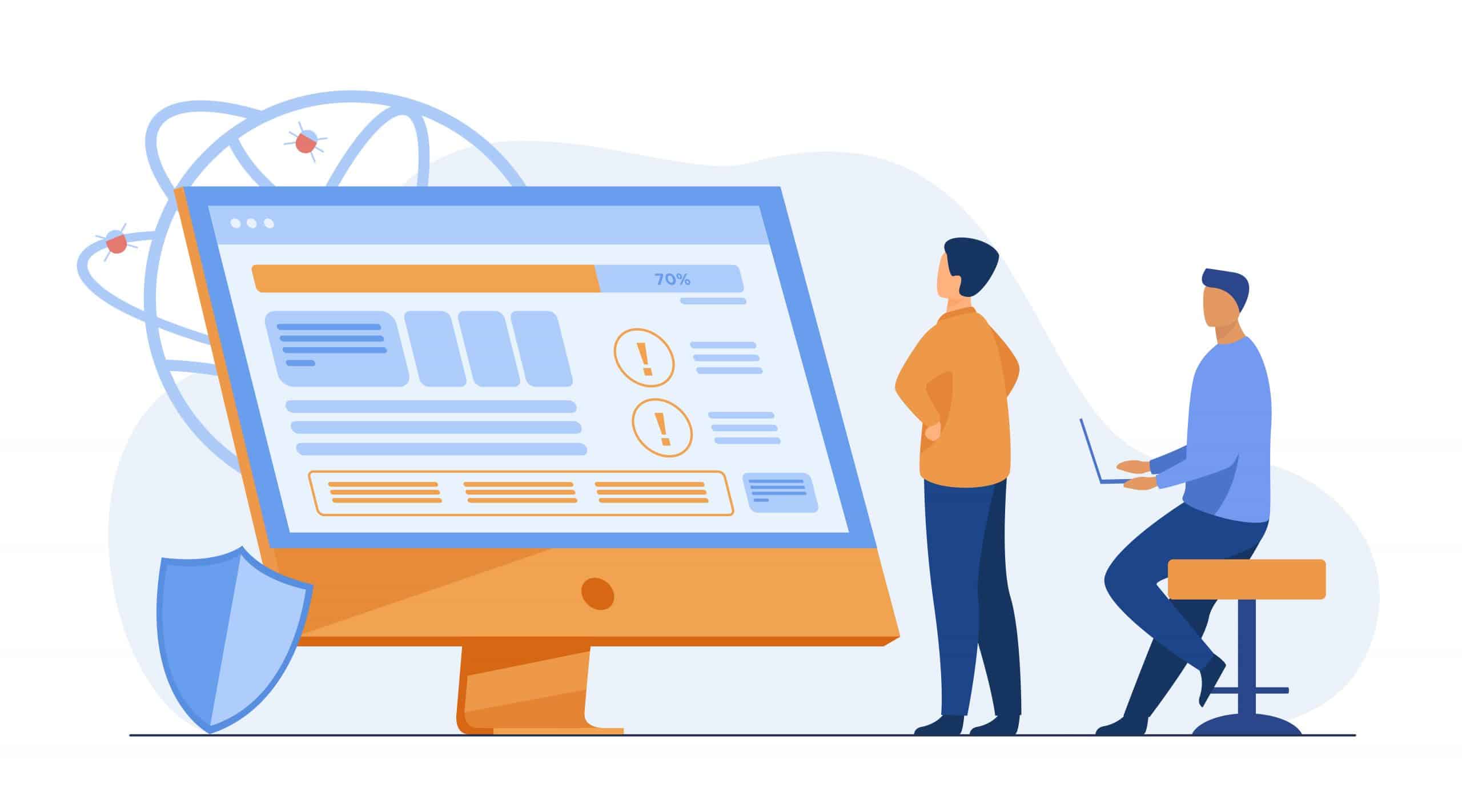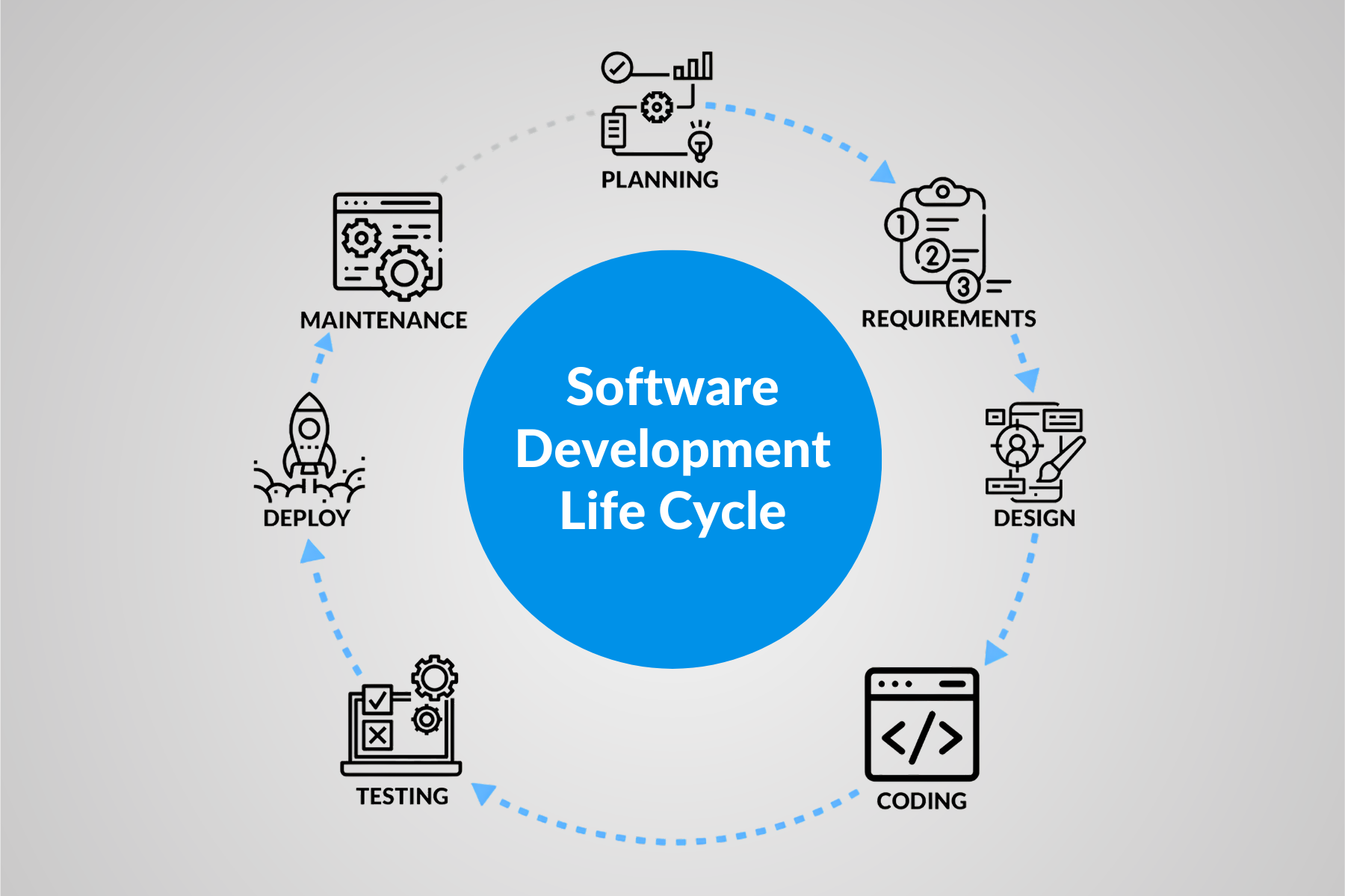The Role of User Acceptance Testing in Salesforce Implementations

- December 12, 2024
- admin
Salesforce is a big deal for an organization since it will help make business operations smoother, improves customer engagements, and provides meaningful insights. All this depends on the final critical stage, that is, User Acceptance Testing. UAT tests the system to ensure it meets the business requirements and is ready for actual use. This blog will explain the role of User Acceptance Testing in Salesforce implementation, which includes its purpose, benefits, best practices, and challenges.
What is User Acceptance Testing?
It is the last phase of the software testing lifecycle. It means actual end-users test the Salesforce implementation in order to confirm that it addresses all their requirements and matches business requirements. UAT is not about finding bugs-they may indeed be discovered-but rather, in real-world conditions, the system delivers as expected.
UAT validates functionalities such as lead tracking, opportunity management, reporting, and even integration with third-party systems and custom workflows within Salesforce. In a nutshell, it is that bridge between the technical design and business expectations so that the platform shall deliver value to its users.
But why then do UATs occur at all?
According to organizational needs:
UAT ensures the Salesforce solution precisely aligns with business needs. Customizations, workflows, and reports must meet user expectations as well as business processes.
Applied Applications of Error Detection:
Although developers and testers pay attention to functionality during earlier stages, the end-users provide a different view. They can spot usability problems, missing functions or features, or gaps in workflows that may have been overlooked.
User Confidence and Acceptance:
Having the users involved at the evaluation stage develops ownership of the system. If the input from users is valued, they accept the system with great eagerness.
Risk mitigation:
It can avoid costly post-implementation fixes and disruption during implementation. An efficient process of UAT can ensure reduced failure or risk in a project.
Compliance and Regulation:
UAT is very crucial for industries like finance, healthcare, and government as it would ensure that the system follows all regulations and standards of governance.
Steps for Effective User Acceptance Testing in Salesforce
An organization should be organized if it has a good UAT phase.
Define Goals Clearly:
Define the scope of UAT. These are going to be the identification of which processes, modules, and integrations will be tested. For Salesforce, these will include lead management, email integration, and automated workflows.
Design Test Cases and Test Scripts:
Develop very detailed test cases, including real-world applications. Construct such test cases based on user stories and business requirements that will be elicited during the discovery phase.
Choose the Right Participants:
It cuts across different end-users of varying roles and departments, ensuring rich and diverse input into the testing.
Direct and Offer Resources
Train him how to execute test scripts and record defects. Additionally, give him some resources in the form of user guides, process flowcharts, or system documentation.
Set up a test environment.
Run UAT in a sandbox environment, simulating the production environment. This will prevent messing up live operations and ensures test results.
Conduct Test Cases:
Allow users to execute test cases, document issues that are discovered, and give feedback. Encourage users, developers, and project managers to work together to solve problems promptly.
Monitoring and Issue Resolution
Utilize a monitoring instrument to record and rank problems accordingly. Tackle major problems promptly and retake assessments in order to validate answers.
Obtain User Acceptance:
The configuration is now ready to be deployed into production after formal sign-off from the end-users who confirmed that the system will address their needs.
Implementation best practices: UAT in Salesforce.
Engage stakeholders early.
Engage stakeholders at the outset of the project so that their requirements are captured correctly. Then, when they are involved in UAT, their contribution will feel like an extension of their earlier contributions.
Use automation tools:
Use tools like Salesforce Test Automation for repetitive tasks to save time and improve accuracy. Automation complements manual testing by reducing human error.
Focus on Core Processes
Focus on those processes, which are specifically affecting the business activity. For instance, opportunity tracking and report by the sales team is a process that attracts much attention.
Encourage open discussion:
Encourage a culture where users are comfortable reporting issues without being placed under blame. Constructive feedback is essential in improving the system.
Strategy for Iterative Evaluation:
UAT is not a one-time activity but planned for several iterations over the period of solving problems and incorporating feedback.
UAT Challenges and How to Mitigate Against Them
Despite all these, UAT in Salesforce implementations isn’t without some challenges:
Time Bound:
This often forces end-users to compromise regular job duties with testing. Obstacle this by having reasonable timeframes and obtaining management support for exclusive UAT time.
Lack of Clarity in Requirements:
Ambiguous or incomplete requirements cause derailment of UAT. This can be addressed by maintaining comprehensive documentation throughout the project.
Resistance to Change
The users might resist the adoption of new systems. Influence this by bringing them on board early, training them in advance, and proving their value to the new system.
Problems Encountered with the Test Environment:
Ensure that the testing environment is as close to the production environment as is possible. Do all validations at scheduled times without disturbing it.
Success in User Acceptance Testing:
The UAT can be said to achieve success if:
Test Case Coverage: All the critical workflows and processes have to be covered.
Issue Resolution Rate: Rate of issues identified and resolved prior to deployment.
User Feedback: Examining qualitative responses from testers to assess levels of satisfaction and confidence.
Sign-Off Completeness: Acknowledging that all users engaged provide their governmental approval. Real-world examples of UAT in Salesforce implementations
Retail Organization: A retail company using Salesforce Commerce Cloud performed UAT in testing the company’s order management and customer support processes and brought in store managers and other support personnel to test. A number of reporting gaps were fixed pre-go-live.
Healthcare Institution: The healthcare organization carried out the UAT for ensuring HIPAA compliance. There was a walkthrough of patient data processes with an integration to EHRs so everything worked out smoothly. Monetary Services Corporation A financial services company tested the Salesforce Sales Cloud implementation to validate workflows that convert leads into opportunities. In UAT, it caught data synch problems with a different CRM and quickly worked them out.
Conclusion:
UAT represents one of the core, quite essential ingredients for the success of a Salesforce implementation. It bridges the gap between technical development and business expectations, thus realizing maximum value from the system. With end-users involved, aligned with business needs, and potential issues identified early, UAT leads the way to a smooth production go-live. In short, for organizations embarking on their Salesforce journey, exhaustive time and resources invested in quality UAT should not be an option but the only path for long-term success.











